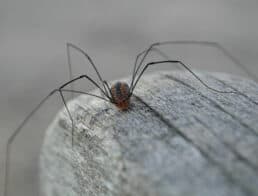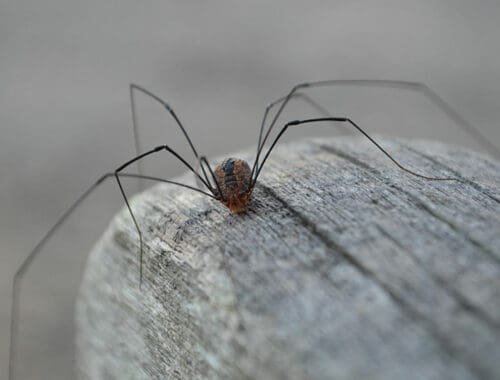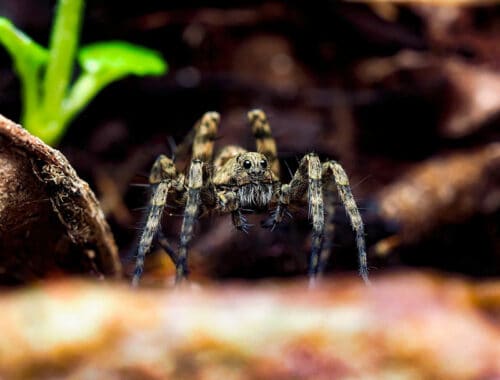Dogs are inquisitive creatures and often get themselves into trouble by nibbling on plants that are harmful to them. Lilies are among the most dangerous plants for pets, with many of them being toxic to dogs and cats. But while all lilies are toxic to cats, there are a few types that are considered non-toxic for dogs.
If your dog does eat a lily that’s toxic to them, they’re not as likely to have as serious a reaction as a cat would. However, the risk is great enough that it’s recommended that you keep all lilies out of your home if you have pets of any kind.
What Part of a Lily Is Toxic to Dogs?
Both the type of lily and what part of the plant the dog eats are important to how they are affected.
Lily Type
Unlike cats, which can have a serious reaction to all lilies, dogs are less sensitive depending on the type of lily that they interact with. While several lilies are dangerous to canines, there are a few that are less toxic.
Knowing how to recognize the not-so-safe plants will allow you to help your veterinarian treat your dog if they get poisoned by a lily.
Toxic Lilies
Dogs might be more resistant to plants that are toxic to cats, but there are still many pretty houseplants — lilies in particular — that you shouldn’t keep in your home. This list of lilies that are toxic to dogs isn’t all inclusive but includes the most popular ones:
- Calla lily
- Lily of the Valley
- Peace lily
- Prairie lily

Non-toxic Lilies
While most lilies are incredibly toxic to pets, there are a few that are classified as non-toxic to dogs. However, they can still cause gastrointestinal upset and other issues if your dog eats too much of these plants. Bear in mind that although these lilies are relatively safe for your dog, they are still highly toxic to cats and should be kept out of multi-pet households.
Lilies that are non-toxic to dogs include:
- Canna lily
- Day lily
- Easter lily
- Peruvian lily
- Tiger lily
Bulb, Petals, Stem, and Leaves
When it comes to plants being toxic to pets, it’s generally safe to assume that the entire plant is toxic. There may be varying amounts of toxin in each part of the plant, but the entire lily is dangerous to your dog.
Like with other toxic flowers, the lily’s bulb has the highest concentration of toxins. The flowers, stems, and leaves aren’t much safer, though, even if your dog has to eat more of them before suffering from poisoning. In the case of the bulbs, your dog doesn’t necessarily have to eat them to have a reaction. Carrying them around can be just as dangerous.
Pollen
The pollen is the main reason that lilies are so dangerous for pets, even when you make sure any toxic plants are well out of the way. While you can keep the plant out of reach, the pollen is a little harder to contain.
Once airborne, the lily’s pollen can settle anywhere, including on your dog’s fur or in their food and water dishes. Ingesting the pollen, either by licking themselves or drinking out of their contaminated water bowl, can lead to a serious reaction.

Water
Another issue with lilies is the water that they’re kept in. Your pooch might not be as affected as a cat if they happen to drink out of the vase that your bouquet was placed in, but they can still suffer from an upset stomach.
What Happens If a Dog Eats Lilies?
Although not all lilies are dangerously toxic to dogs, the highly toxic ones can still cause serious issues. The Glory Lily, for example, can cause bloody vomiting, diarrhea, shock, organ damage, and bone marrow suppression.
The symptoms of lily toxicity can vary depending on the type of lily that your dog comes into contact with. You can help your veterinarian make a diagnosis by taking a picture of the plant that you suspect that your dog has eaten.
Signs of lily toxicity include:
- Dehydration
- Excessive drooling
- Increased thirst
- Increased or no urination
- Lethargy
- Low appetite
- Nausea
Conclusion
Compared to a cat’s sensitivity to lilies, dogs are more resilient to the toxins inherent in the plants. However, this doesn’t mean your dog is any safer around lilies than cats are. Some types of lilies are still highly toxic to canines and can result in serious reactions if your dog ingests any part of the plant, including the pollen.
Featured Image Credit: Pixabay
















